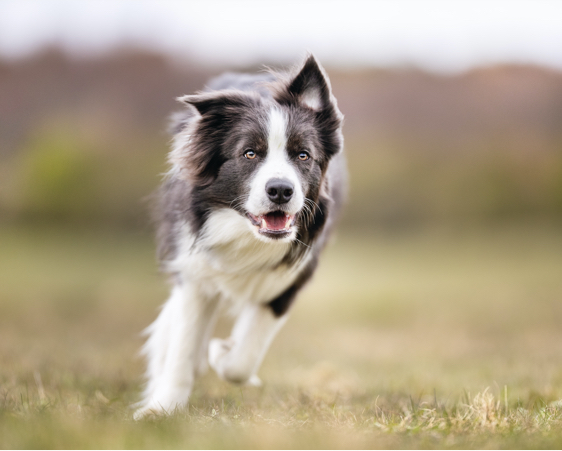Healthy Body, Healthy Mind
Dogs are very intelligent animals and they blossom in environments where they have plenty to do. City dogs are often required to spend substantial periods of time inactive. “In the old days”, dogs lived on country properties and spent their days exploring the grounds, scrounging from the compost, trotting after the tractor, rounding up the livestock, playing with the kids, and napping under the shade of an oak tree. The average urban dog experiences a very different reality: after 7-8 hours of sleep, they get a brief morning walk around the block to eliminate, followed by a well-balanced breakfast served in a bowl.
The dog then snoozes while the owner prepares for his/her day, takes a long nap on the bed until the dog walker comes at mid-day for a 30 minute leashed walk in the park, followed by an afternoon nap until the owner comes home. The lucky dog will spend another 30 minutes walking with the owner about the neighborhood, maybe share a quick game of fetch in the hallway, have dinner and a cuddle on the sofa watching TV with the owner before bed.
Couch potato dogs will relish this sedentary lifestyle but most dogs, if given a choice, want to be active! In fact, some dogs can’t hack the cushy city life at all and instead, drive their owners crazy, racing around the house, tearing the pillows, and digging up the flowers. Why do dogs have so much energy?
Most breeds of dogs were developed to perform specific jobs for people, such as guarding, herding, or hunting; work that demands physical stamina and mental concentration. When we choose to open our home to a dog, it becomes our responsibility to meet the behavioral needs of that dog by providing appropriate outlets for his physical and mental energy.
“No Pain, No Gain”
A tired dog is generally a good dog! Dogs need physical exercise. The average dog benefits from a minimum of two outings per day. If left to their own devices, dogs tend to be most active morning and evening, choosing to sleep mid-day. Off-leash exercise is best, provided the dog is trained not to run away or get into other forms of trouble. Being off leash allows the dog to monitor his own exercise – he can run when he feels like it and rest when he needs it. This is especially critical for puppies because their growth plates have not yet closed and too much exercise can result in orthopedic problems that plague the dog the rest of his life.
Read the rest of the article on ‘healthy body, healthy mind’ here…

